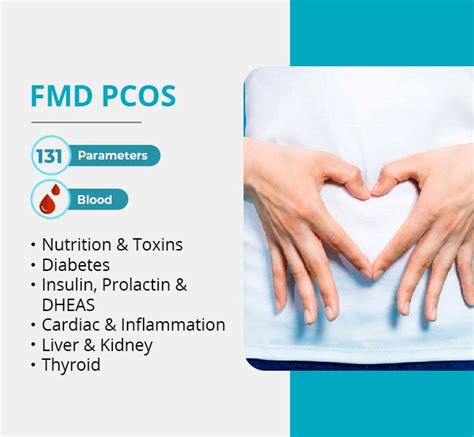How to Test for PCOS: A Comprehensive Guide
Polycystic ovary syndrome (PCOS) is a hormonal disorder affecting women of reproductive age. Millions struggle with its symptoms, but accurate diagnosis is key to effective management. This guide breaks down how to test for PCOS, helping you understand the process and what to expect.
Understanding PCOS Symptoms: The First Step
Before diving into testing, it's crucial to understand the common symptoms of PCOS. While symptoms vary, some key indicators include:
- Irregular periods: This is a hallmark sign, characterized by infrequent, prolonged, or absent menstrual cycles.
- Excess androgen levels: This can manifest as acne, excessive hair growth (hirsutism), and male-pattern baldness.
- Weight gain: Difficulty losing weight or unexplained weight gain is another common symptom.
- Infertility: PCOS can significantly impact fertility.
- Ovarian cysts: While not always present, the presence of multiple small cysts on the ovaries can indicate PCOS.
Note: Experiencing some of these symptoms doesn't automatically mean you have PCOS. A proper diagnosis requires professional medical evaluation.
The Testing Process: What to Expect
Diagnosing PCOS isn't a single test; it involves a combination of assessments:
1. Physical Examination and Medical History
Your doctor will begin by conducting a thorough physical exam, asking about your medical history, family history, and current symptoms. Be prepared to discuss your menstrual cycle regularity, any fertility concerns, and any other relevant health information.
2. Pelvic Exam
A pelvic exam helps your doctor assess your reproductive organs, checking for any abnormalities. This can help detect ovarian cysts, though their presence isn't definitive for a PCOS diagnosis.
3. Blood Tests
Blood tests are crucial for diagnosing PCOS. These tests typically measure:
- Hormone levels: This includes measuring levels of hormones like luteinizing hormone (LH), follicle-stimulating hormone (FSH), testosterone, and others. High LH and testosterone levels compared to FSH are often seen in PCOS.
- Glucose and insulin levels: Many women with PCOS experience insulin resistance, meaning their bodies don't respond effectively to insulin. These tests help assess insulin sensitivity.
4. Ultrasound Scan
A transvaginal ultrasound (a type of ultrasound that uses a probe inserted into the vagina) allows your doctor to visualize your ovaries and uterus. This helps detect the presence of ovarian cysts. However, the presence of cysts alone isn't sufficient for a PCOS diagnosis.
Interpreting the Results: The PCOS Diagnosis
A diagnosis of PCOS usually isn't based on a single test result. Instead, your doctor will consider the combination of your symptoms, physical examination findings, and test results. The Rotterdam criteria, widely used for PCOS diagnosis, require at least two out of the following three:
- Irregular menstrual cycles: Oligo- or anovulation (infrequent or absent ovulation).
- Clinical and/or biochemical hyperandrogenism: Elevated androgen levels or signs of excess androgens like acne or hirsutism.
- Polycystic ovaries: Seen on ultrasound.
It’s crucial to remember: Only a qualified healthcare professional can diagnose PCOS. Self-diagnosing can be inaccurate and potentially harmful.
Managing PCOS: Next Steps After Diagnosis
Once diagnosed, your doctor will work with you to develop a personalized management plan. This may involve lifestyle changes, medication, or a combination of both. Treatment focuses on addressing specific symptoms, such as managing irregular periods, acne, weight, and infertility.
This guide provides a general overview. Always consult your doctor or healthcare provider for accurate diagnosis and personalized treatment of PCOS. Early diagnosis and management are critical for improving your overall health and well-being.
